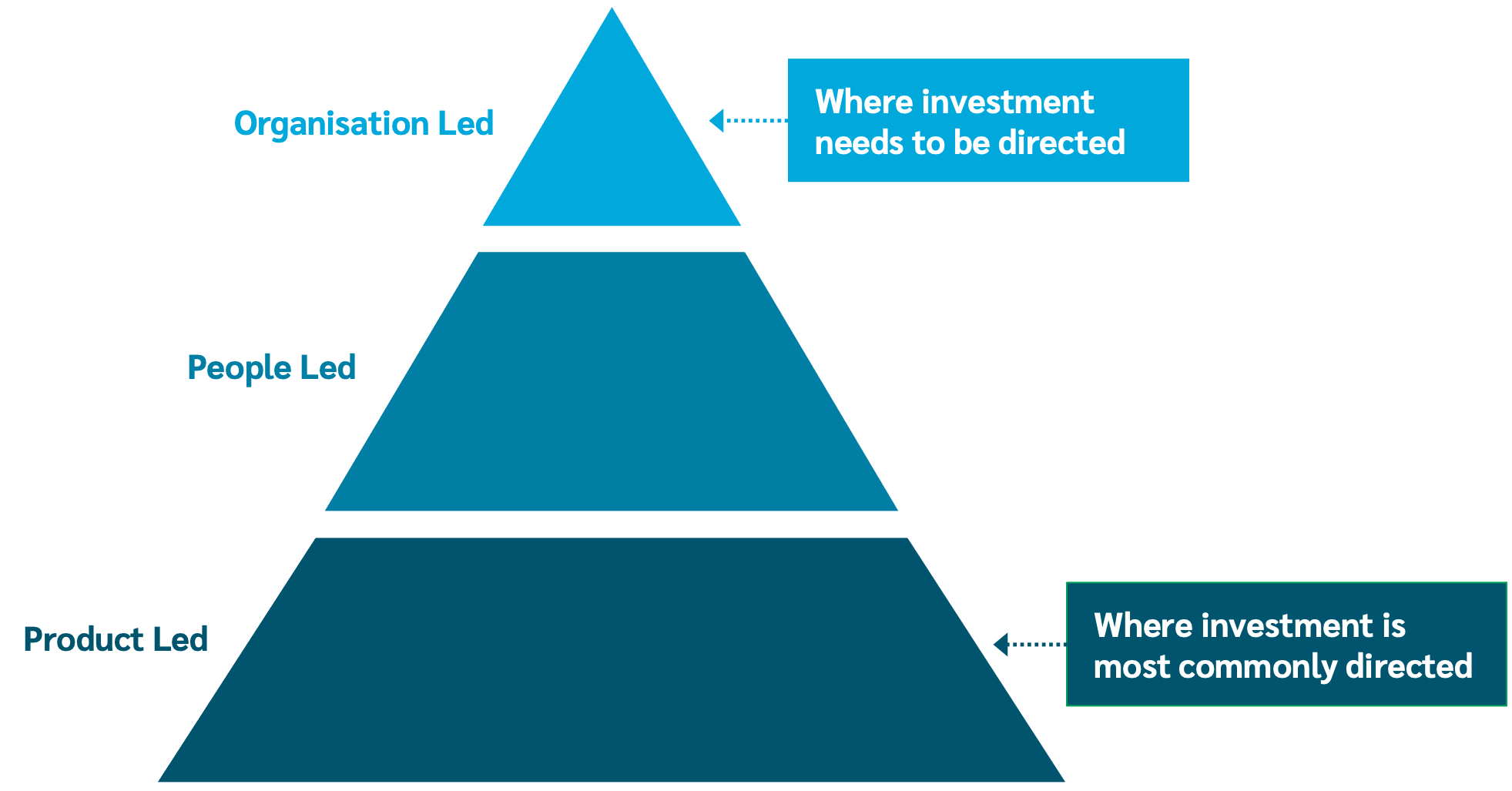This article has been produced following the ‘Benefits for Breakfast’ seminar in April 2024 that Lockton hosted along with Fruitful Insights.
Data analysis is a pivotal tool for employers selecting benefits to support the individualised needs of each organisation. It can aid businesses in maximising a return on investment (ROI) and employee engagement. Selecting, maintaining, and regularly reviewing benefits that directly impact employee wellbeing, as well as supporting clear and focused communications, can impact absence and productivity rates. This also provides businesses with a high employee value proposition (EVP) as well as a happy, healthy, and productive employee base.
With that in mind, here’s more on how you can use data to maximise your investment for employees and your business.
Making the right investments for your business and employees alike
In Lockton’s experience, companies typically spend 30-35% of total compensation expenses on employee benefits. As a benefits programme decision maker, it's key to understand where investment is being made and what is driving it.
Most companies opt for a product led approach, prioritising benefits such as discounted gym memberships, a virtual GP, and private medical insurance (PMI). Additionally, many companies focus expenditure on costs allocated towards people led solutions, including specific Diversity, Equity, and Inclusion (DEI) benefits, such as neurodiversity and fertility benefits, or health screenings. While these benefits are valuable and strengthen the employee value proposition, more meaningful employee wellbeing change comes from investments into areas supported by organisational culture and alignment to business strategies – a focused communications approach and a hybrid working model, for example. Investing in all three areas provides a robust health and wellbeing programme that aligns with benefits and business goals while offering employees a strong and culturally directed programme.

Pillars of wellbeing
While wellbeing is a nuanced topic with many elements, Lockton has identified 4 key pillars of wellbeing:
Physical – constituting one’s physical health and including fitness, nutrition, hydration, energy, and sleep habits. Benefits that can support physical wellbeing include PMI, dental, health screenings, women’s & men’s health support, and ergonomics consultations.
Mental – the ability to cope with challenges, ongoing stress levels, relationships with others, mental illness risks, and self-care. Employee assistance programmes (EAPs), coaching, and mental health pathways through PMI can all support mental wellbeing.
Financial – including attitudes towards money and money-management, as well as the impact that personal finances can have on wellbeing. Financial wellbeing often directly impacts mental wellbeing as stresses about debts, upcoming payments, and fears around savings can negatively impact concentration and sleep levels, as well as performance at work. Employers can support employees with financial wellbeing through income protection, life assurance programmes, pensions, cash plans, and financial education.
Social – fundamentally made up of a sense of safety and community with friends, family, and colleagues, both in and out of the workplace. An employer can positively impact this by creating a comfortable workplace culture with employee-led resource groups, volunteer programmes, leave programmes, and flex-based benefits.
None of these wellbeing pillars exist in a vacuum – a robust health & wellbeing programme will support benefits that sit within each of these areas. Data is available from most providers to assess the impact of each benefit and is especially useful to review employee engagement. If engagement is not high, this could be a sign the benefit is not valued or alternatively, the communications have not been sufficient.
In today’s environment with a different app for most benefits and many duplications in services (e.g., virtual GP being available through multiple benefits providers), a streamlined communications programme can mean the difference between a heavily utilised, impactful attraction and retention magnet and an unappreciated, underutilised bad investment. By offering a comprehensive benefits programme, communicating it appropriately, and understanding engagement with it, overall employee wellbeing is strengthened while unexpected absences and productivity loss are minimised.
Employee benefits life cycle
Providing an effective employee benefits programme requires a comprehensive process that incorporates data analytics and is constantly evolving to meet business and employee needs. Lockton’s ongoing process encompasses:
Understand the current position – before any improvements are planned, take stock of the status quo. What are all the benefits you offer?
Review & audit – once you know your benefits, understand where the overlap is and where you see gaps, duplication, or benefits that no longer serve the intended purpose
Data analytics – assess the available data to interpret the needs of your employees. You can do this through an employee survey and utilisation data from providers. You can also review your own employee data available, including demographics and locations
Enhance & optimise offering – now that you know your current benefits and needs, you can make strategic changes to your benefits programme and offer enhancements in key areas, as well as remove benefits that are not well-valued
Engagement & communication – employee engagement is critical to a successful benefits programme and can be maximised through an effective, year-round communication strategy that prioritises accessibility and comprehension
Measure success – assess how the new, or newly communicated, benefits were accessed and utilised. Did the communications go as planned? How did they impact your business (e.g., reduced employee absence)?
Cycle resets & continues – benefits and business priorities evolve as time passes, so an annual review and update allows for health & wellbeing benefits to grow with the population it serves
As was showcased at our ‘Benefits for Breakfast’, data analytics are an incredibly useful tool in the wider employee benefit system. To maximise the rewards from the employee benefits that your business is investing in, ensure you have a plan to turn data into actionable insight.
For more information, visit our People Solutions (opens a new window) page.


